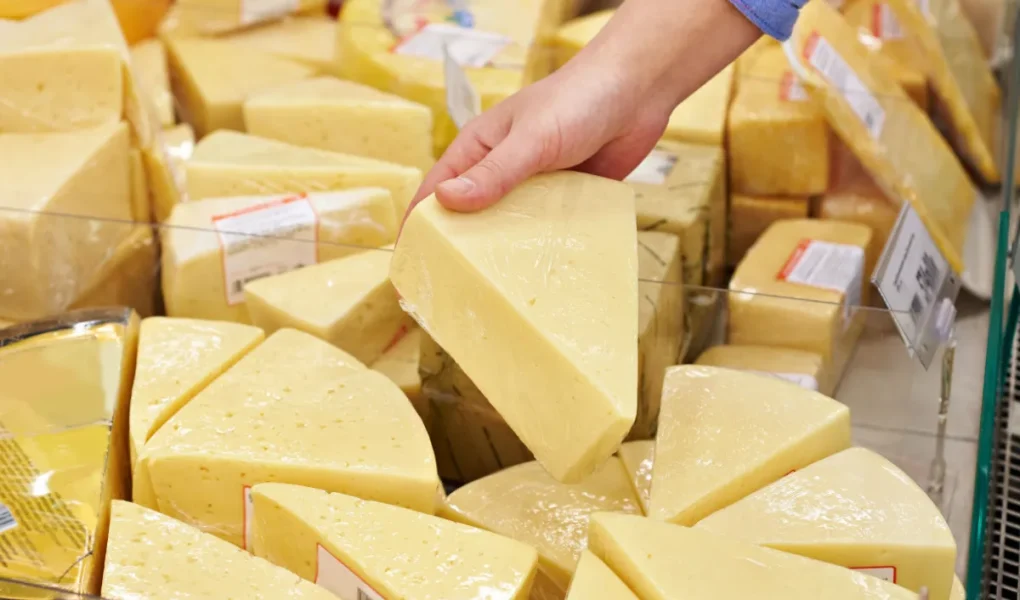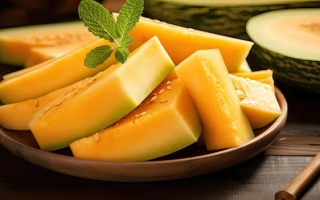lareddepathways.com – The cheese course, a time-honored tradition in many cultures, is the perfect way to conclude a meal. It offers a moment of indulgence and reflection, allowing the flavors of the meal to linger and the conversation to continue. Whether you’re hosting a dinner party or simply enjoying a quiet evening at home, the art of selecting and serving cheese can elevate your dining experience to new heights.
The Importance of the Cheese Course
The cheese course serves as a bridge between the main course and dessert, providing a palate cleanser that prepares the taste buds for the sweet finale. It’s an opportunity to showcase a variety of flavors and textures, from the creamy richness of a Brie to the sharp tang of a Cheddar. The cheese course also encourages a slower pace, allowing guests to savor the moment and enjoy the company around them.
Selecting the Perfect Cheeses
Choosing the right cheeses is key to a successful cheese course. Aim for a selection that offers a range of flavors, textures, and aromas. Here are some tips to guide your selection:
- Variety in Texture: Include a mix of soft, semi-soft, semi-hard, and hard cheeses. This variety will provide an interesting contrast and cater to different preferences.
- Balance of Flavors: Offer a selection that includes mild, medium, and strong flavors. This allows guests to explore their palate and discover new favorites.
- Consider the Origin: Cheeses from different regions have distinct characteristics. A selection that includes cheeses from various countries or regions can be both educational and delicious.
- Pairing with Wine: If you plan to serve wine with your cheese course, consider how the cheeses will complement the wines. Some cheeses can overpower certain wines, so it’s important to find a balance.
Presenting the Cheese Course
The presentation of the cheese course is as important as the selection itself. Here are some tips to ensure your cheese course looks as good as it tastes:
- Use a Cheese Board: A wooden cheese board is the classic choice, but slate or marble can also make a beautiful presentation.
- Arrangement: Arrange the cheeses on the board with some space between them. This allows guests to appreciate each cheese individually.
- Accompaniments: Serve the cheeses with accompaniments such as fresh fruit, nuts, honey, and crackers or bread. These items can enhance the flavors of the cheese and provide a satisfying crunch.
- Labeling: Small cards or labels can help guests identify each cheese. This is especially helpful if you’re serving less familiar varieties.
Serving and Enjoying the Cheese Course
When serving the cheese course, it’s important to let the cheeses come to room temperature before serving. This brings out their full flavor and texture. Provide cheese knives or a cheese slicer, so guests can easily serve themselves.
Encourage guests to try a little of each cheese and to experiment with different accompaniments. The cheese course is a moment to indulge and explore, so make it an experience to remember.
Conclusion
The cheese course is more than just an afterthought; it’s an opportunity to elevate your dining experience and leave a lasting impression on your guests. With careful selection, thoughtful presentation, and a focus on enjoyment, the cheese course can be the perfect end to any meal. So next time you’re planning a special dinner, don’t forget to savor the art of the cheese course.




